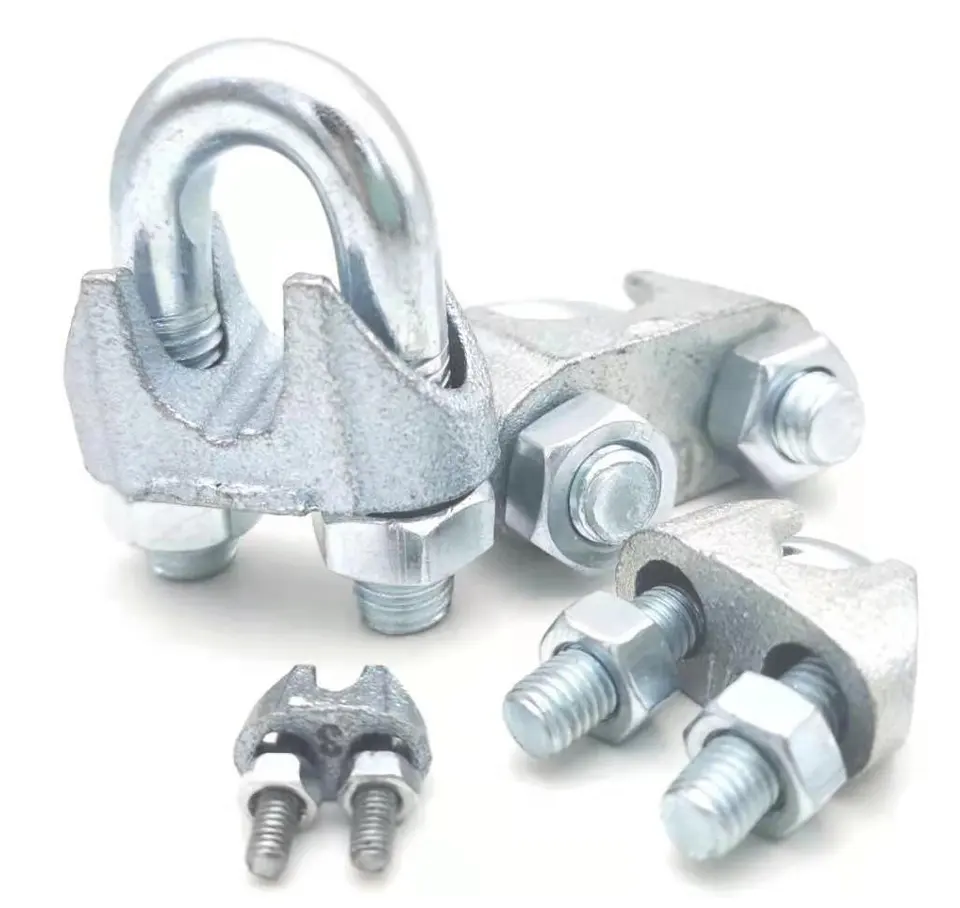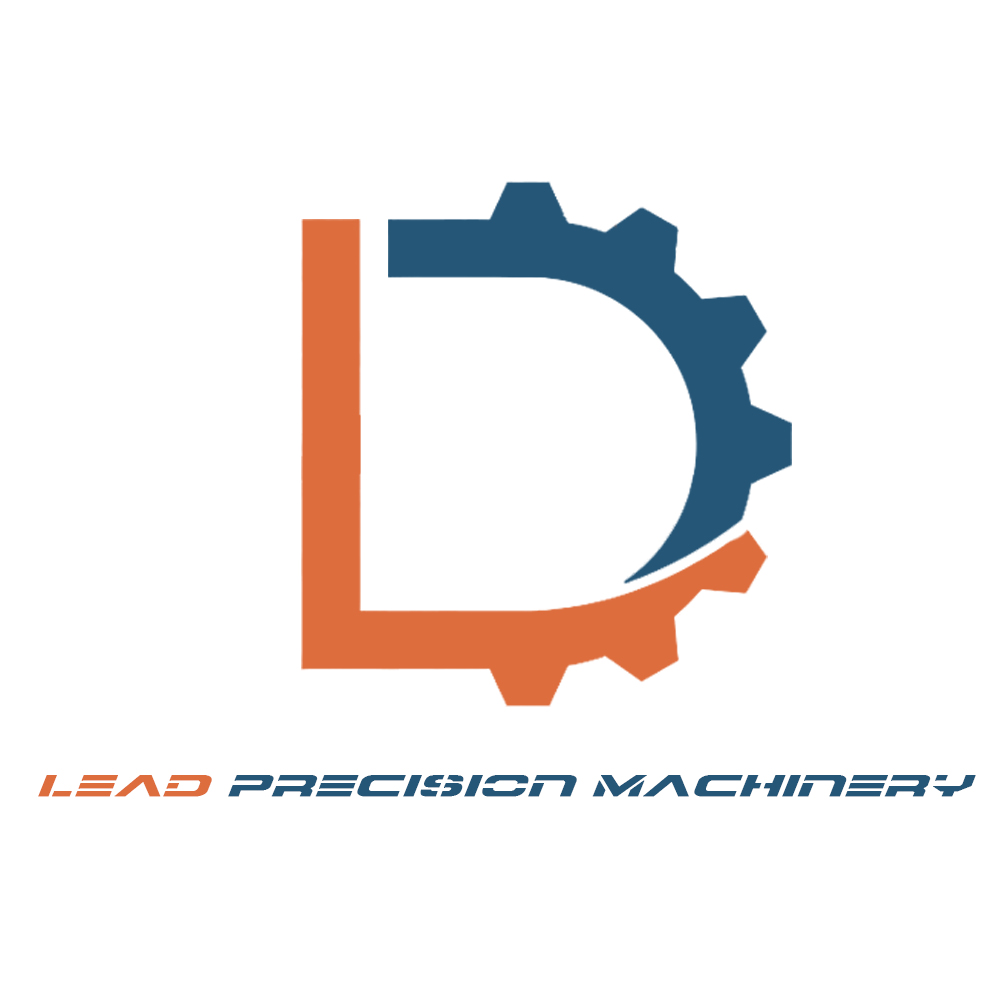In the intricate realm of industrial operations, rigging and lifting hardware stand out as pivotal components, ensuring the safe and efficient handling of loads across various sectors. These pieces of hardware, ranging from shackles to winches, are the unsung heroes in marine, construction, transport, and many other industries.
But what goes behind the scenes in crafting these essential tools? The answer lies in the precision and efficiency of modern manufacturing methods, notably CNC (Computer Numerical Control) machining. CNC machining offers unparalleled accuracy, making it a preferred choice for producing components that demand exact dimensions and high-quality finishes.

Our comprehensive table below sheds light on various rigging and lifting hardware, highlighting their manufacturing methods, primary uses, materials, industry applications, and the involvement of CNC machining in their production. As you navigate through this guide, you’ll gain insights into the intricate interplay of design, material, and manufacturing processes that bring these vital components to life.
Rigging and Lifting Hardware Compare
| Hardware | Manufacturing Method | Primary Use | Material | Industry Application | CNC Used? |
|---|---|---|---|---|---|
| Shackles | Casting, Machining | Connecting | Steel, Alloy Steel | Marine, Construction | Yes |
| Turnbuckles | Casting, Machining | Tension adjustment | Steel | Construction | Yes |
| Lifting Chains | Welding, Cold Forging | Overhead lifting | Alloy Steel | Logistics, Construction | No |
| Flat Webbing Sling | Weaving, Stitching | Lifting | Polyester | Logistics | No |
| Ratchet Strap Tie Down | Weaving, Machining | Cargo securement | Polyester, Steel | Transport | Yes (for metal parts) |
| Steel Wire Ropes | Stranding | Lifting, Pulling | Steel | Marine, Construction | No |
| Weld-On Winch | Casting, Machining | Pulling, Tension adjustment | Steel | Transport | Yes |
| Snatch Blocks | Casting, Machining | Change direction, Increase mechanical adv. | Steel, Cast Iron | Marine, Construction | Yes |
Applications of Rigging and Lifting Hardware in Modern Industries
In today’s fast-paced industrial world, the need for efficient and safe operations is paramount. At the heart of many such operations lie the rigging and lifting hardware, tools designed to handle, secure, and maneuver loads with precision. Let’s delve into the diverse applications of these indispensable components across various sectors.
1. Construction & Infrastructure
- Shackles & Turnbuckles: Used in crane operations to lift heavy materials and in scaffolding setups for tension adjustment.
- Steel Wire Ropes: Essential for crane operations, elevators, and cable cars, ensuring the safe lifting and lowering of loads.
2. Marine & Offshore
- Snatch Blocks: Facilitate the change of direction of a rope in pulley systems, commonly used in ship rigging.
- Flat Webbing Sling: Used for cargo handling and securing loads during transport.
3. Transportation & Logistics
- Ratchet Strap Tie Down: Ensures cargo is securely fastened during transport, preventing movement and potential damage.
- Weld-On Winch: Used in trucks and trailers for pulling and adjusting the tension of ropes and cables.
4. Mining & Excavation
- Lifting Chains: Vital for lifting heavy machinery and materials in and out of mines.
- Steel Wire Ropes: Used in hoisting systems to transport miners and materials to and from the mine’s depths.
5. Entertainment & Stage Setup
- Turnbuckles & D-Rings: Employed in stage setups to adjust tension and secure heavy equipment.
- Snatch Blocks & Pulleys: Facilitate the movement of stage curtains and adjust lighting equipment.
6. Aerospace & Aviation
- Eye Bolts & Hoist Rings: Used in aircraft assembly lines to lift and position heavy aircraft parts.
- Wire Rope Clips: Ensure secure connections in various aircraft components.
7. Manufacturing & Warehousing
- Flat Webbing Sling & Lifting Chains: Essential for lifting heavy machinery and materials in factories and warehouses.
- Ratchet Strap Tie Down: Used to secure goods in storage and during transport.
In conclusion, rigging and lifting hardware play a pivotal role in ensuring the smooth functioning of various industries. Their versatility, combined with their strength and durability, makes them indispensable tools in the modern industrial landscape.
FAQs on Rigging and Lifting Hardware Manufacturing and Applications
- What manufacturing methods are used for shackles?
- Shackles are typically manufactured using casting to achieve their primary shape, followed by machining for precision and threading.
- Why are lifting chains made using welding and cold forging?
- Welding ensures the individual links of the chain are securely connected, while cold forging provides the chain with its strength and durability.
- How are flat webbing slings made?
- Flat webbing slings are produced by weaving high-strength synthetic fibers. They are then stitched to ensure durability and strength.
- What is the primary use of turnbuckles in the construction industry?
- Turnbuckles are primarily used for tension adjustment, especially in structures where maintaining tension is crucial.
- Why are steel wire ropes preferred for lifting and pulling in marine applications?
- Steel wire ropes offer a combination of strength, flexibility, and resistance to environmental factors like saltwater, making them ideal for marine applications.
- Can I use a ratchet strap tie down for overhead lifting?
- No, ratchet straps are designed for cargo securement and should not be used for overhead lifting. For lifting, specialized equipment like lifting chains or slings should be used.
- What materials are snatch blocks typically made of?
- Snatch blocks are usually made of steel or cast iron, ensuring they can handle the mechanical stresses of changing load directions.
- Are all rigging hardware made of steel?
- While many rigging hardware components are made of steel or alloy steel due to their strength, some, like webbing slings, are made of synthetic materials like polyester.
- How do I ensure the rigging hardware I choose is suitable for my industry application?
- Always check the specifications, material, and manufacturing method of the hardware. Additionally, ensure they meet the industry standards and regulations for your specific application.
- Why is the material choice crucial in rigging hardware?
- The material determines the hardware’s strength, durability, and resistance to environmental factors. Choosing the right material ensures the safety and efficiency of operations.

